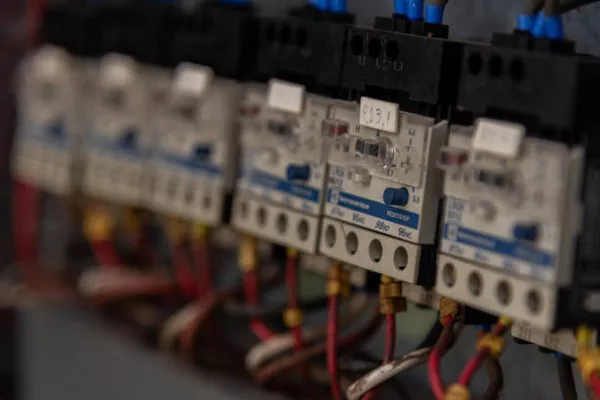Electrical transformers stand as indispensable devices in power distribution systems, playing a pivotal role in the efficient transfer of electrical energy. These devices are a cornerstone of modern electrical infrastructure, enabling the transmission and distribution of power across vast distances. At the heart of every transformer lie three essential components that work in unison to facilitate the transformation of voltage levels: the core, windings, and insulation. In this article, we will delve into each of these components, exploring their functions and significance in the operation of electrical transformers.
Transformer Core: The Foundation of Energy Transformation
The transformer core serves as the bedrock of the entire device, providing structural integrity and facilitating the fundamental process of energy transformation. Typically constructed from laminated steel sheets, the core minimizes energy losses and ensures efficient magnetic flux coupling between the primary and secondary windings.
The primary function of the core is to create a low-reluctance path for the magnetic flux generated by the alternating current (AC) flowing through the primary winding. This magnetic flux induces a voltage in the secondary winding, thus transforming the electrical energy from one voltage level to another. The use of laminated steel sheets reduces eddy current losses, a crucial consideration in enhancing the overall efficiency of the transformer.
Furthermore, the design of the core influences the transformer’s performance characteristics, such as efficiency, size, and weight. Cores can be of various types, including shell-type and core-type, each with its own advantages and disadvantages. The choice of core design is influenced by factors such as the application, voltage levels, and space constraints.
In essence, the transformer core serves as the foundational element, enabling the efficient conversion and transmission of electrical energy.
Windings: Conductive Pathways for Electrical Energy
Windings, comprising primary and secondary coils, are the conductive pathways through which electrical energy flows, linking the primary and secondary sides of the transformer. These coils are typically made of copper or aluminum, materials with excellent electrical conductivity and thermal properties.
The primary winding receives the incoming electrical energy, and as the alternating current passes through it, a magnetic field is generated in the transformer core. This magnetic field then induces a voltage in the secondary winding, facilitating the transfer of electrical energy to the secondary side. The number of turns in the primary and secondary windings determines the turns ratio, a critical parameter governing the voltage transformation.
The selection of winding materials is crucial for minimizing resistive losses and ensuring the overall efficiency of the transformer. Copper is preferred for its superior electrical conductivity, but aluminum is also widely used due to its lighter weight and lower cost. Engineers carefully consider factors such as thermal conductivity, electrical resistance, and mechanical strength when choosing the appropriate winding material.
In addition to primary and secondary windings, transformers may also feature tertiary windings, providing additional functionalities such as system grounding, voltage regulation, or phase shifting. The arrangement and insulation of windings play a vital role in maintaining the integrity of the electrical circuit and ensuring the reliable performance of the transformer.
Insulation: Safeguarding Transformer Integrity
Insulation serves as a critical component in transformers, safeguarding the device against electrical breakdown and ensuring the reliable and safe operation of the system. Insulation materials are strategically placed between the windings and around the core to prevent unintended electrical contact and short circuits.
The primary purpose of insulation is to withstand the high voltages present in the transformer without allowing any electrical leakage or breakdown. Common insulation materials include paper, pressboard, varnishes, and synthetic materials such as polyethylene and Mylar. The choice of insulation material depends on factors such as temperature, voltage levels, and environmental conditions.
Insulation design and quality directly impact the transformer’s reliability and lifespan. Proper insulation prevents the formation of partial discharges and ensures that the transformer can withstand overvoltages, thereby reducing the risk of insulation failure. Routine testing and monitoring of insulation resistance are essential maintenance practices to detect potential issues early on and prevent catastrophic failures.
See Also: What Are Transformers Used For?
Conclusion
In conclusion, the three main components of electrical transformers—the core, windings, and insulation—work in tandem to enable the efficient conversion and transmission of electrical energy. The core provides a low-reluctance path for magnetic flux, the windings serve as conductive pathways for electrical current, and insulation safeguards the transformer against electrical breakdown. Understanding the functions and interactions of these components is crucial for designing transformers that meet the demands of modern power distribution systems, ensuring reliability, efficiency, and safety in the delivery of electrical energy. As technology continues to advance, ongoing research and development in transformer design will likely yield innovations that further enhance the performance and sustainability of these indispensable devices.

